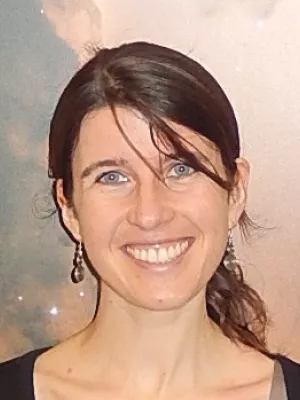
Caterina Doglioni
Affiliated

Search for New Phenomena in Two-Body Invariant Mass Distributions Using Unsupervised Machine Learning for Anomaly Detection at √s = 13 TeV with the ATLAS Detector
Author
Summary, in English
Searches for new resonances are performed using an unsupervised anomaly-detection technique. Events with at least one electron or muon are selected from 140 fb−1 of pp collisions at √s ¼ 13 TeV recorded by ATLAS at the Large Hadron Collider. The approach involves training an autoencoder on data, and subsequently defining anomalous regions based on the reconstruction loss of the decoder. Studies focus on nine invariant mass spectra that contain pairs of objects consisting of one light jet or b jet and either one lepton (e; μ), photon, or second light jet or b jet in the anomalous regions. No significant deviations from the background hypotheses are observed. Limits on contributions from generic Gaussian signals with various widths of the resonance mass are obtained for nine invariant masses in the anomalous regions. © 2024 CERN, for the ATLAS Collaboration.
Department/s
- Particle and nuclear physics
- eSSENCE: The e-Science Collaboration
- Department of Physics
Publishing year
2024
Language
English
Publication/Series
Physical Review Letters
Volume
132
Issue
8
Document type
Journal article
Publisher
American Physical Society
Topic
- Subatomic Physics
Keywords
- Anomaly detection
- Machine learning
- Tellurium compounds
- Anomalous regions
- ATLAS detectors
- Auto encoders
- Invariant mass distribution
- Large Hadron Collider
- Large-hadron colliders
- Region-based
- Unsupervised anomaly detection
- Unsupervised machine learning
- Mass spectrometry
Status
Published
ISBN/ISSN/Other
- ISSN: 0031-9007

